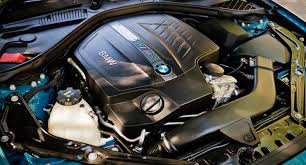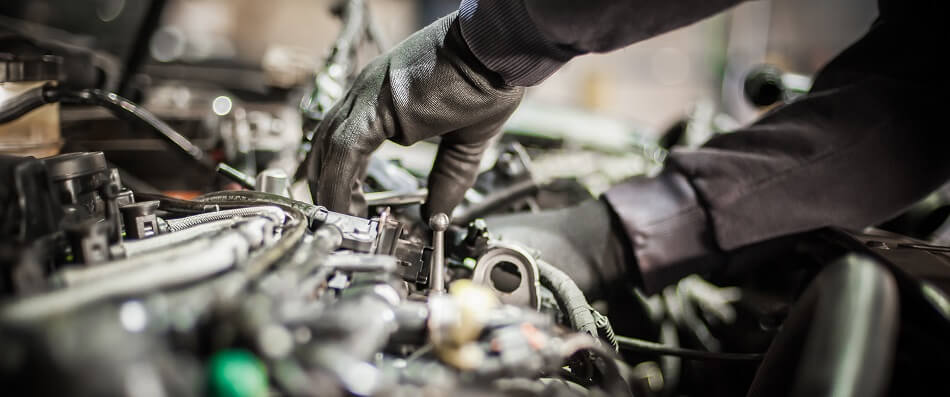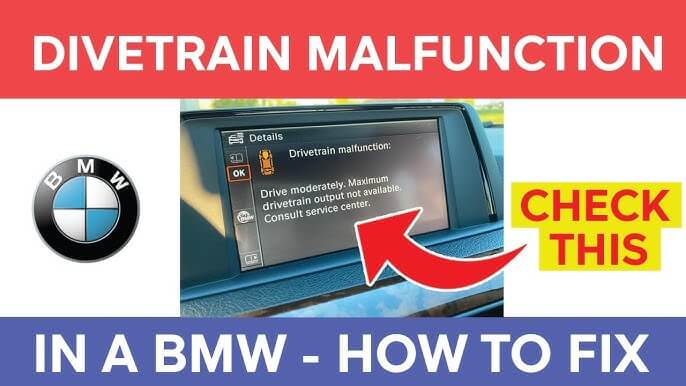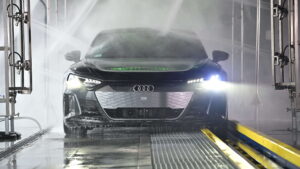In the event that you own a BMW, you know that these finely-designed German cars are worked to furnish an elating driving encounter joined with extravagance and complexity. In any case, even everything that could be experienced mechanical issues occasionally, consolidating issues with the drivetrain.
The drivetrain is the plan of parts that moves power from the engine to the wheels, allowing your BMW to move. When something ends up being awful with the drivetrain, it can out and out impact your vehicle’s show and drivability.
In this thorough aide, we’ll dig into the normal drivetrain issues that BMW proprietors might experience and give bit by bit guidelines on the most proficient method to analyze and fix them. Whether you’re a Do-It-Yourself fan or really like to have an expert handle the fixes, this article will furnish you with the information to successfully resolve these issues.
Normal Drivetrain Issues in BMWs
Before we jump into the maintenance interaction, fundamental to comprehend the normal drivetrain issues can influence your BMW. Here are probably the most predominant issues:
1. Transmission Issues: The transmission is a critical piece of the drivetrain, at risk for moving power from the engine to the wheels. Transmission issues can appear in different ways, like slipping pinion wheels, unpleasant moving, or the transmission neglecting to connect out and out.
2. Driveshaft Issues: The driveshaft is a diverting shaft that moves power from the transmission to the differential., pounding fusses, or complete influence hardship.

3. Differential Issues: The differential is liable for permitting the wheels to pivot at various rates during turns. Issues with the differential can prompt abnormal commotions, vibrations, or loss of footing.
Diagnosing Drivetrain Issues
Prior to endeavoring any fixes, it’s critical to analyze the wellspring of the issue precisely. Here are a moves toward assist you with pinpointing the issue:
1. Tune in for Surprising Clamors: Give close consideration to any unusual commotions coming from the drivetrain region, like thumping, whimpering, or crushing sounds. These clamors can give significant insights about the wellspring of the issue.
2. Notice Drivability Issues: Observe any drivability issues you’re encountering, for example, vibrations, trouble changing gears, or loss of force in specific circumstances.
3. Really take a look at Advance notice Lights: Watch out for any advance notice lights that might enlighten on your dashboard, as they can demonstrate explicit drivetrain part disappointments.
Fixing Drivetrain Issues
Contingent upon the particular issue you’re confronting, the maintenance cycle might include supplanting worn or harmed parts, changing or modifying existing parts, or resolving basic issues that might be causing untimely wear or disappointment. Here are some normal fix systems for different drivetrain issues:
1. Transmission Fixes:
- Fluid and Channel Change: If you’re experiencing minor transmission issues, for instance, cruel moving or floundering, a direct fluid and channel change could help with settling the issue.
- Solenoid or Sensor Replacement: Deficient solenoids or sensors can cause transmission moving issues.
- Transmission Reconstruct or Substitution: In instances of serious transmission disappointment, a total modification or substitution might be required. This is a complex and escalated work best left to proficient mechanics.
2. Driveshaft Fixes:
- U-Joint or Center Assistance Bearing Replacement: If the driveshaft is causing vibrations or disturbances, displacing the battered U-joints or center help bearing may be principal.
- Driveshaft Replacement: In case of serious damage or pointless wear, the entire driveshaft could ought to be replaced.

3. Differential Fixes:
- U-Joint or Center Assistance Bearing Replacement: If the driveshaft is causing vibrations or disturbances, replacing the battered U-joints or center help bearing may be principal.
- Driveshaft Replacement: In case of serious mischief or superfluous wear, the entire driveshaft could ought to be displaced.
- Differential Modify or Substitution: For serious differential disappointments, a total modification or substitution might be the main arrangement.
Preventive Support
While drivetrain issues can at times be undeniable, appropriate preventive upkeep can assist with limiting the gamble of untimely disappointment and broaden the existence of your BMW’s drivetrain parts. Here are some fundamental preventive support steps:
- Standard Liquid Changes: Follow your BMW’s suggested upkeep plan for changing transmission liquid, differential liquid, and move case liquid (if material). New liquids help grease up and cool the parts, diminishing mileage.
- Review CV Boots: Routinely review the CV boots for any indications of breaking, tearing, or harm. Harmed boots can permit impurities to enter the CV joints, prompting untimely disappointment.
- Check for Holes: Regularly investigate the drivetrain parts for any indications of liquid breaks, which can demonstrate worn seals or gaskets. Tending to spills instantly can forestall further harm.
Conclusion
Drivetrain issues can be disappointing and possibly exorbitant whenever left ignored. Nonetheless, by understanding the normal issues, figuring out how to analyze them accurately, and following the fitting fix techniques or looking for proficient help when required, you can keep your BMW’s drivetrain in top condition. Keep in mind, preventive support is critical to limiting the gamble of drivetrain disappointments.
FAQs Regarding : How to Fix Drivetrain Malfunction BMW
Q1: Are there any common causes of drivetrain malfunctions in BMWs?
Yes, there are a few: Worn-out spark plugs, a faulty sensor, or a problem with the transmission.
Q2: What are the common causes of drivetrain malfunction in a BMW?
Common causes include issues with the transmission, such as low fluid levels, mechanical failures, problems with the engine, misfires or sensor malfunctions, and faults in the drivetrain components like driveshafts or axles.




